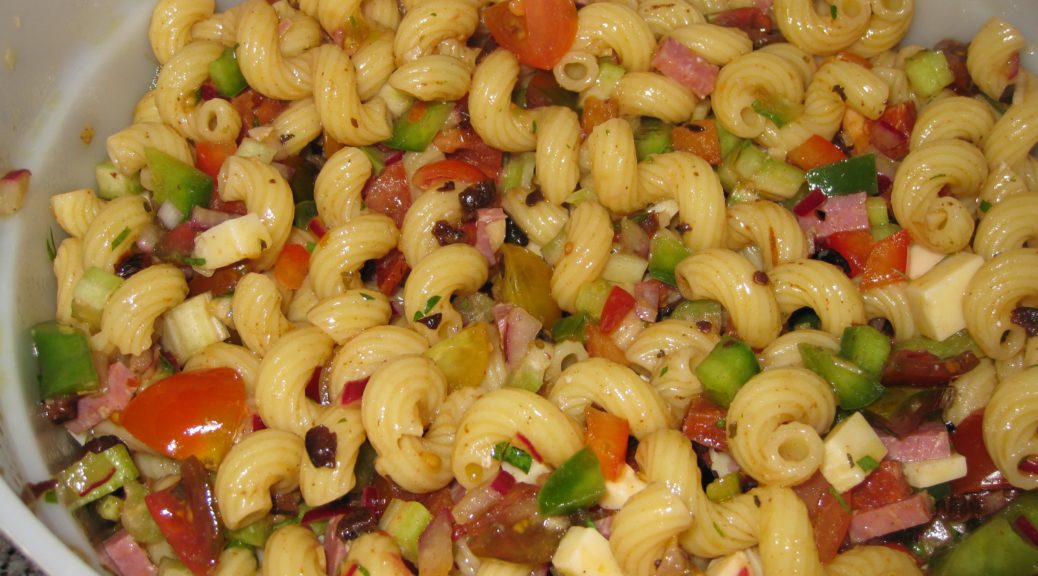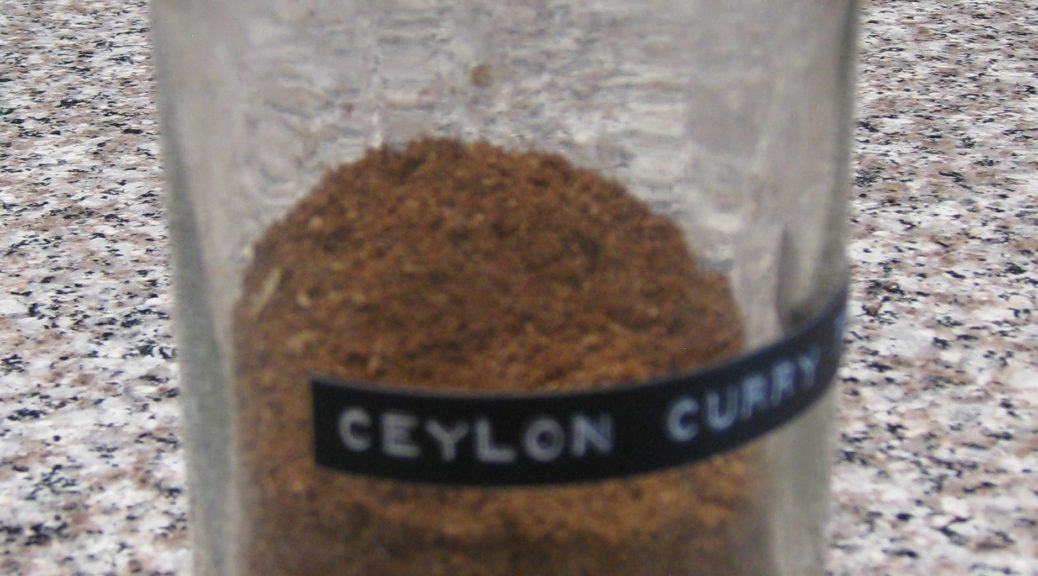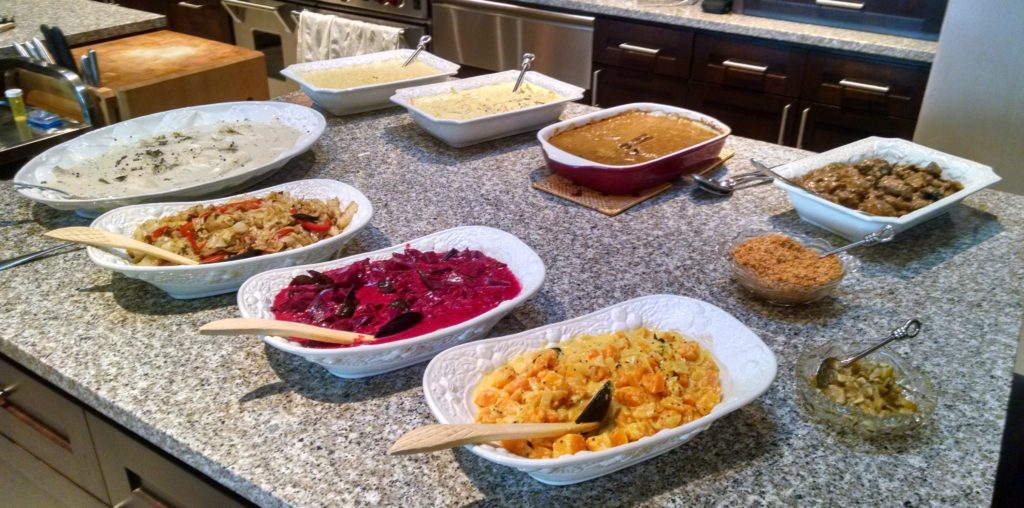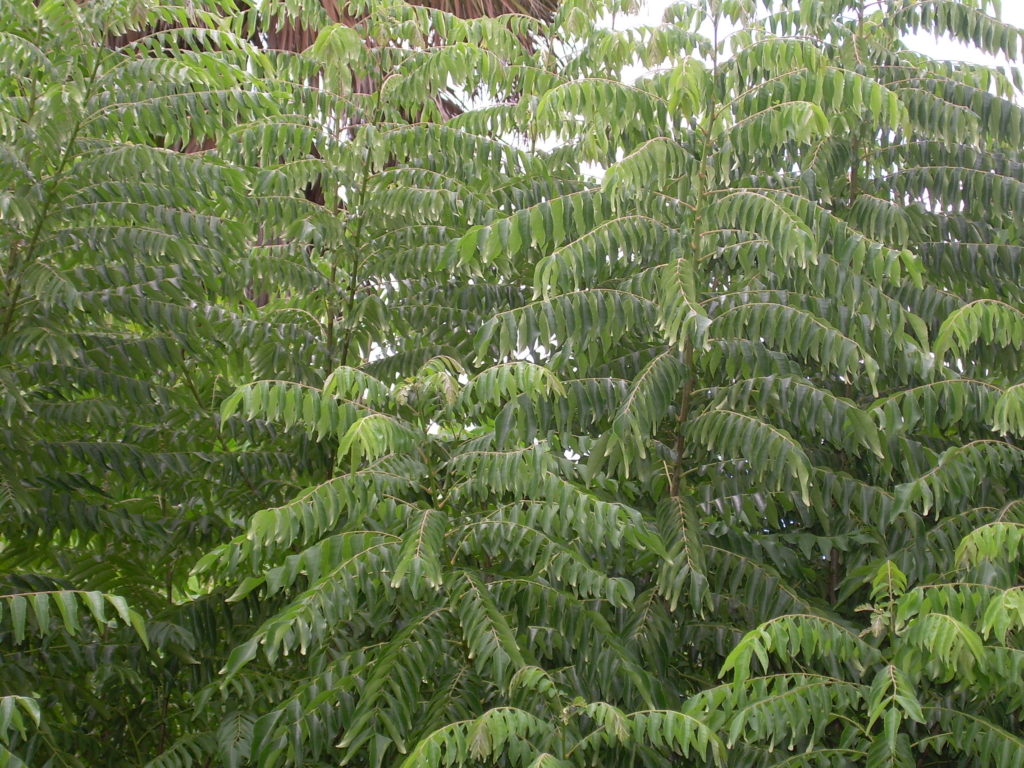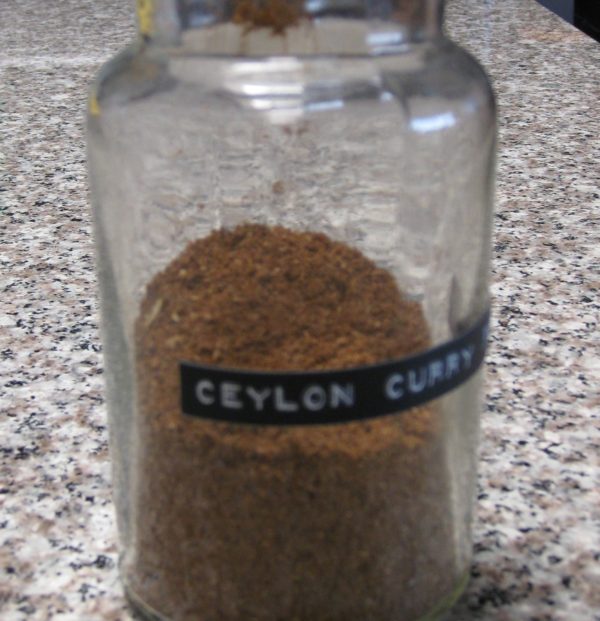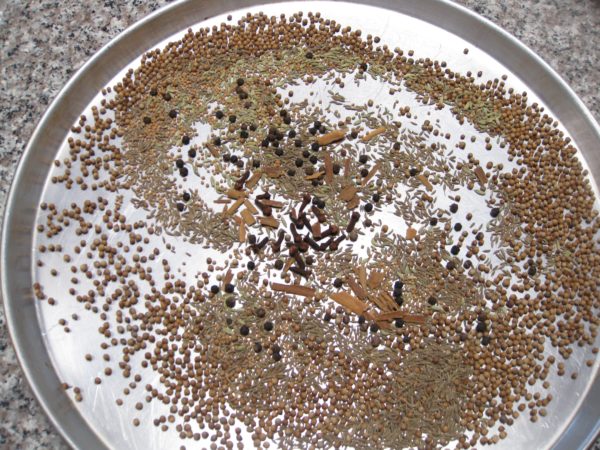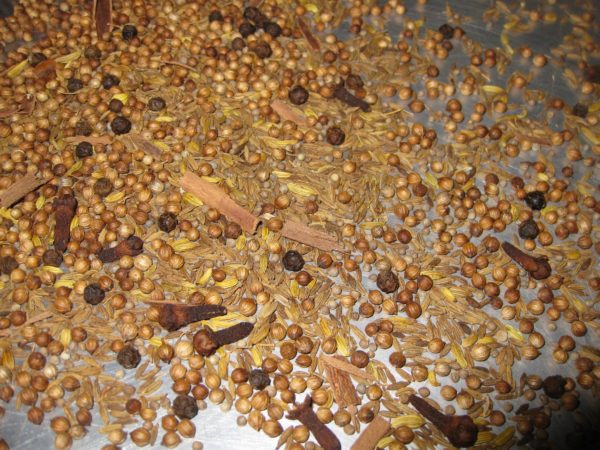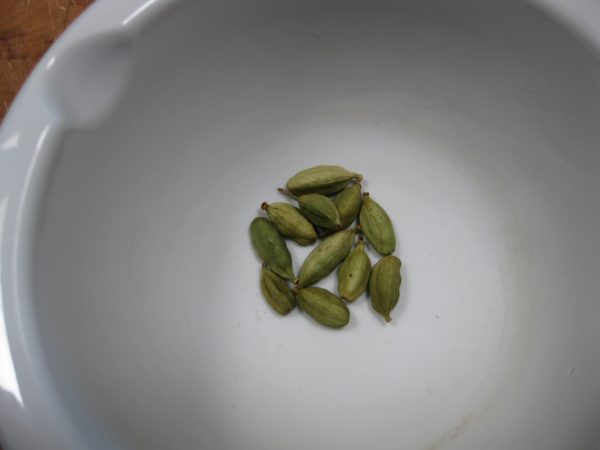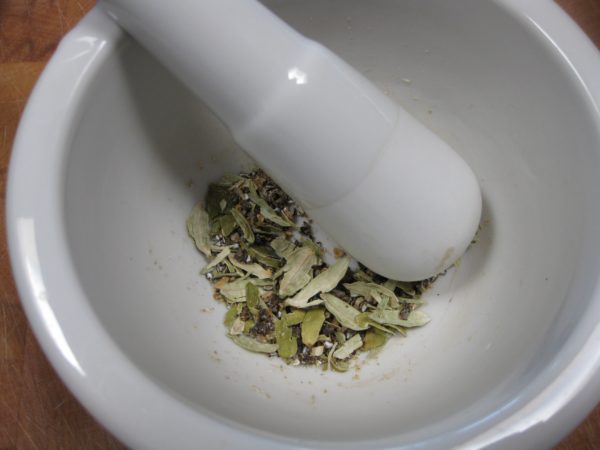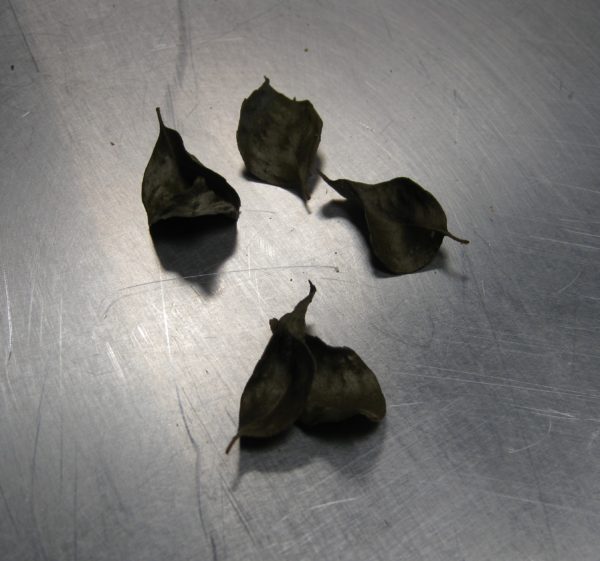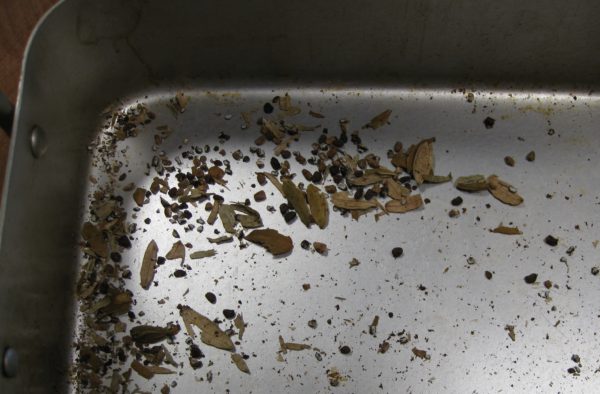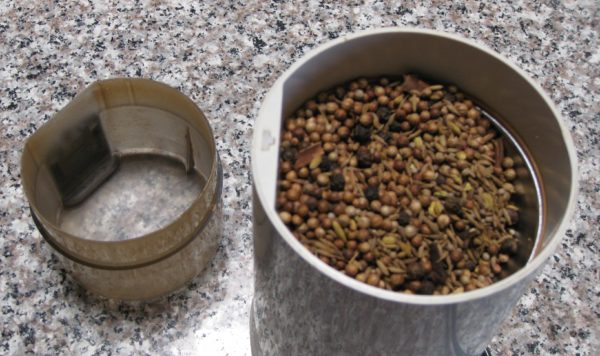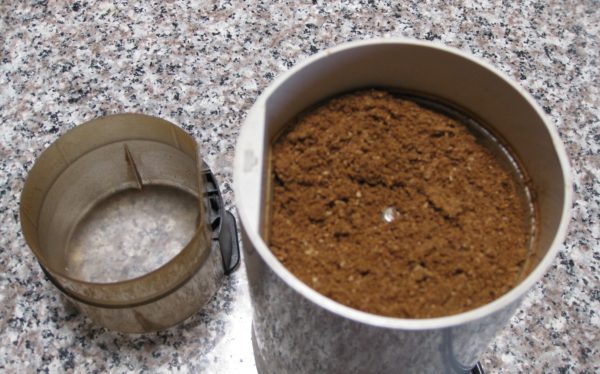December 12, 2018
After driving a circuitous route for two days (I’ll explain why in a minute), I got home to Santa Fe from Palm Springs last Wednesday to a surprise.
My husband and I had plans to attend the holiday party for the Department of Psychiatry at the University of New Mexico, where he is Associate Professor, on Friday. The surprise was that the party was a potluck and we had to bring a dish.
So, there I was on Wednesday evening, exhausted after two days of driving, with no prior knowledge that I had to produce a dish for a Friday event, coupled with the logistic challenge that I had to leave home around noon on Friday and ultimately make it to the party in Albuquerque by 7:00 PM with a dish in tow that I could neither refrigerate nor heat up!
It didn’t take long before I settled on my cousin Angie Catanese’s Marinated Pasta Salad. This is a recipe that I’ve been making for about 45 years and it never fails to please. It has so much stuff in it besides pasta that it’s almost a misnomer to just refer to it as a pasta salad!
Join our mailing list and you’ll never miss a recipe again!
I went grocery shopping on Thursday morning, assembled the salad Thursday afternoon, and the rest is history!
You might also enjoy my cousin Angie’s recipe for Pickled Hot Peppers.
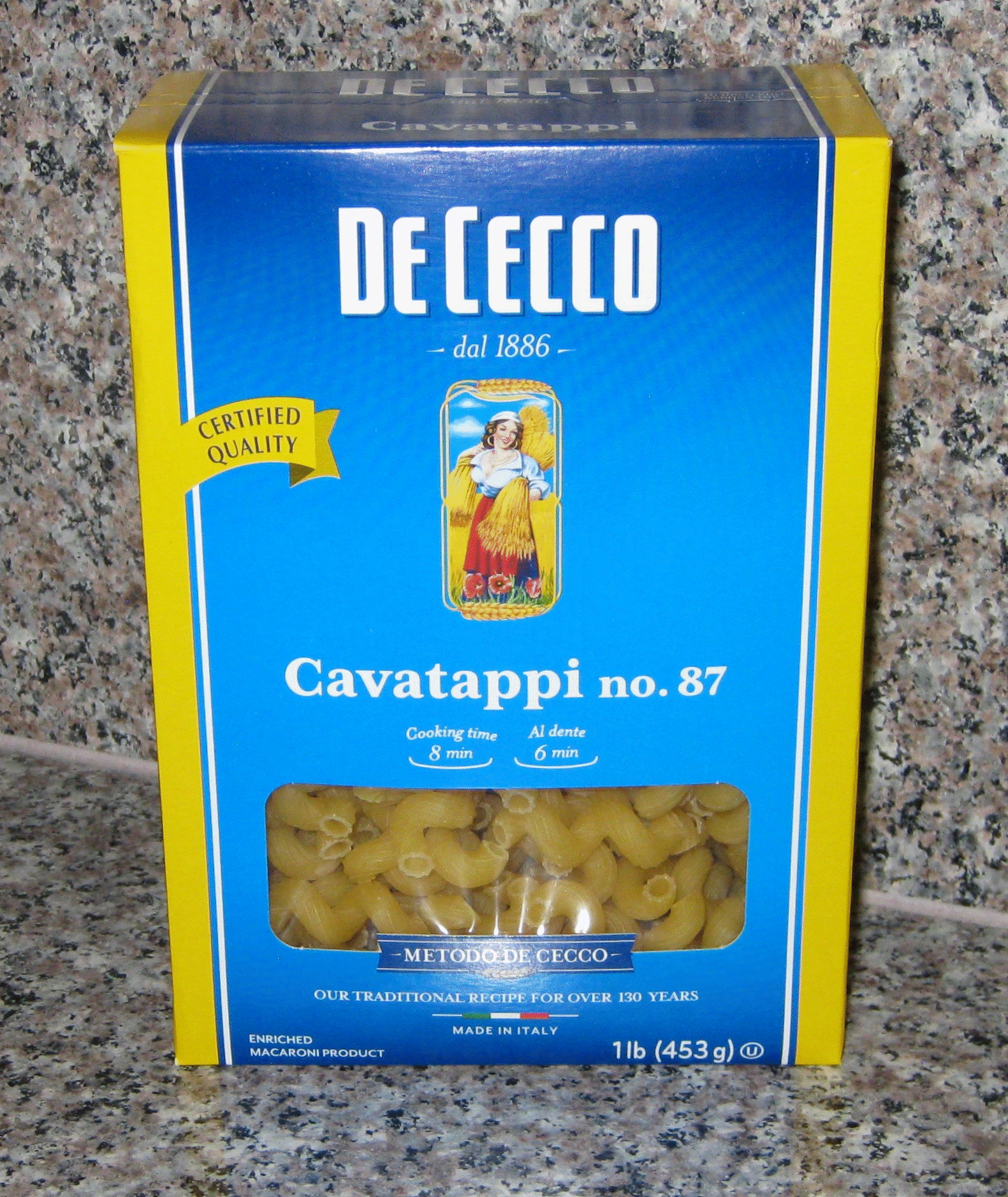
Now, for an explanation as to why you haven’t heard from me in two months and what will be coming up for the blog…
In early October I went to Palm Springs to complete recipe testing for the Trio Restaurant Cookbook. One can’t really test recipes for a cookbook at 8,000 feet in elevation so I spent five weeks in Palm Springs testing and finalizing over 125 recipes for the cookbook. I had intended to continue posting to the blog during this time but very quickly found it impossible to fit in anything other than grocery shopping, recipe testing, and note-taking!
I got back to Santa Fe a few days before Thanksgiving then, less than a week after Thanksgiving was back on my way to California to go to the Consulate General of Italy in Los Angeles to apply for a visa.
In early January I am going to Italy to attend a three-month intensive course in Italian cuisine geared toward professional chefs at the Italian Culinary Institute. Because I’ll be in Italy more than 90 days I need a visa.
Follow us on your social media platform of choice
My visa appointment was Friday and I was planning on spending the weekend in Palm Springs then driving back to Santa Fe on Tuesday. The consular official said my visa would be ready by Tuesday so, rather than trust my luck (and my passport) to FedEx, I decided to drive back to Los Angeles to retrieve my passport.
It took me 3 hours and 45 minutes to drive the 122 miles from our home in Palm Springs to the consulate! I got my passport in about 5 minutes then did some shopping at Eataly, conveniently located across the street from the Italian Consulate. (I’d love to know who was responsible for securing THAT location!) I then reversed course and started the drive back to Santa Fe, passing within a few miles of our home in Palm Springs where I had started the day. I spent the night in Payson, Arizona then finished the drive Wednesday (which is when this story began).

While I’m in Italy I will most likely be posting fewer recipes than usual. I hope to chronicle some of my experiences at the Institute and pass on some tips and pointers on Italian food. I hope you’ll stick with me during that time. When I return, I’ll be back to my regular schedule of posting recipes.
Oh, and by the way, judging from how the pasta salad disappeared at the party, I think it was a hit!
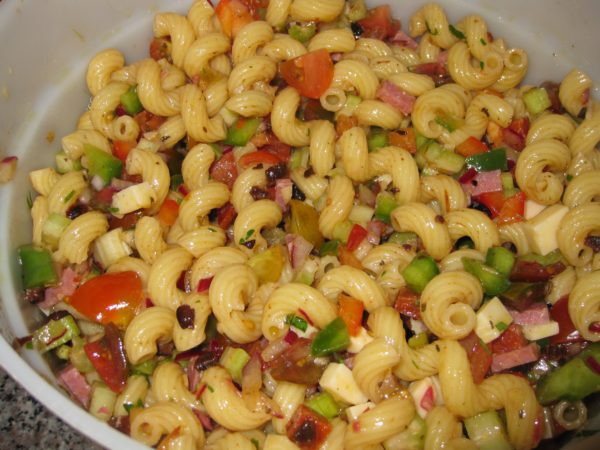
| Prep Time | 1 hour |
| Cook Time | 10 minutes |
| Passive Time | 16 hours |
| Servings |
people
|
- 1 pound dry pasta such as shells, farfalle or cavatappi
- 1 cup diced sweet red onion
- 2 Bell peppers diced (red, yellow and/or orange add a nice color contrast)
- 1 pound multicolor cherry and grape tomatoes diced
- 3 stalks celery diced
- 1/4 pound Genoa salami diced
- 1/4 pound pepperoni diced
- 1/4 pound Provolone cheese diced
- 1/3 cup chopped oil-cured olives
- 1 1/3 cups olive oil
- 1/2 cup red wine vinegar
- 2 cloves garlic minced
- 1 tablespoon salt
- 1/8 teaspoon cayenne pepper
- 1/2 teaspoon paprika
- 1 teaspoon dry basil
- 1/2 teaspoon dry oregano
- 1 pinch dry rosemary crushed
- 1/4 cup minced parsley
Ingredients
Salad Ingredients
Dressing
|

|
- In a large mixing bowl, combine all the dressing ingredients and set aside.
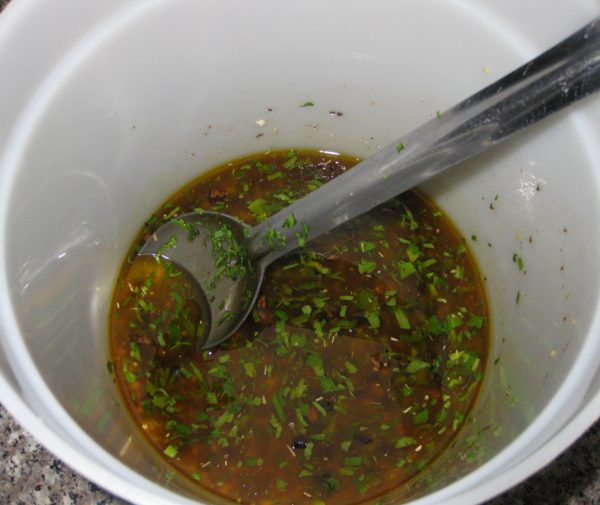
- Cook the pasta in abundantly salted water until just cooked but still slightly al dente.
- Meanwhile, cut-up all the ingredients.
- Onion
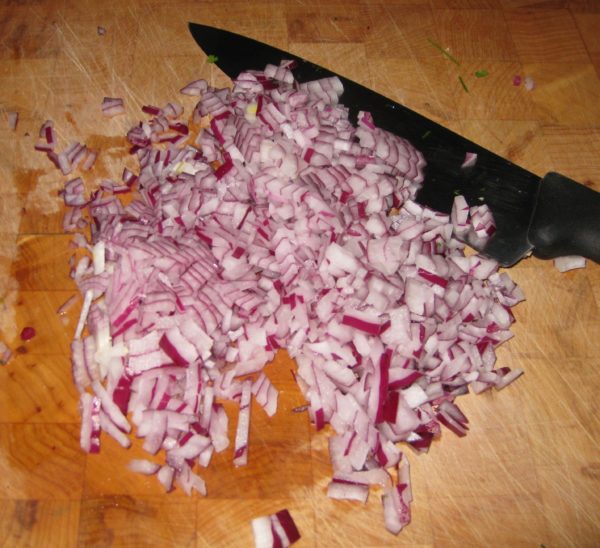
- Bell pepper
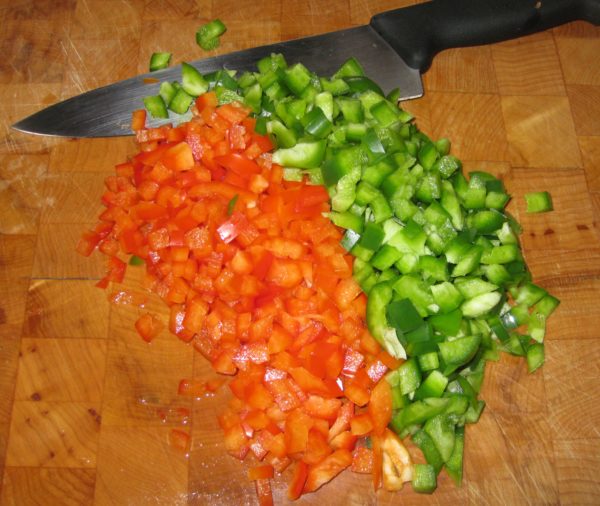
- Tomatoes
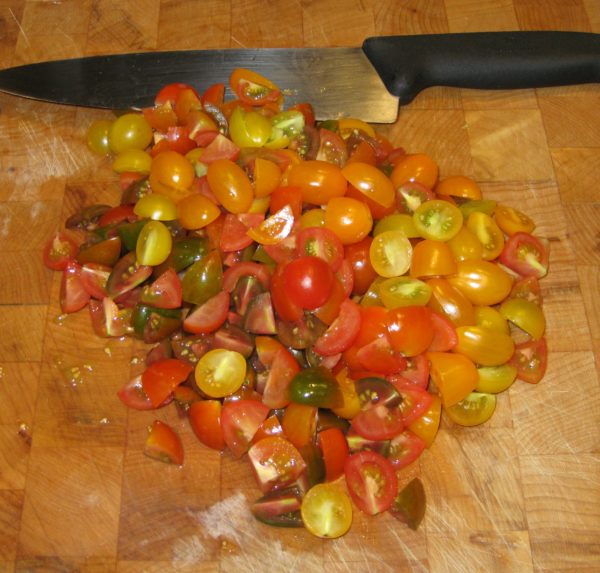
- Celery
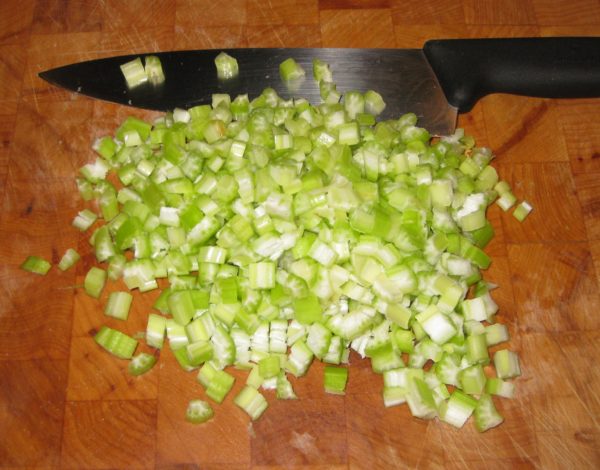
- Genoa salami
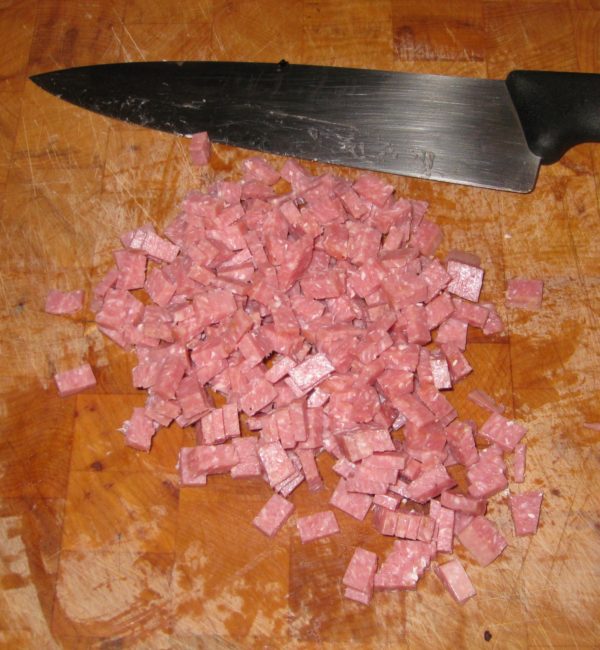
- Pepperoni
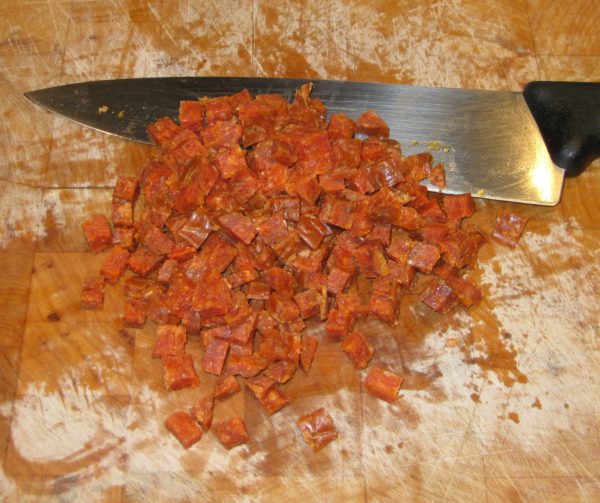
- Provolone
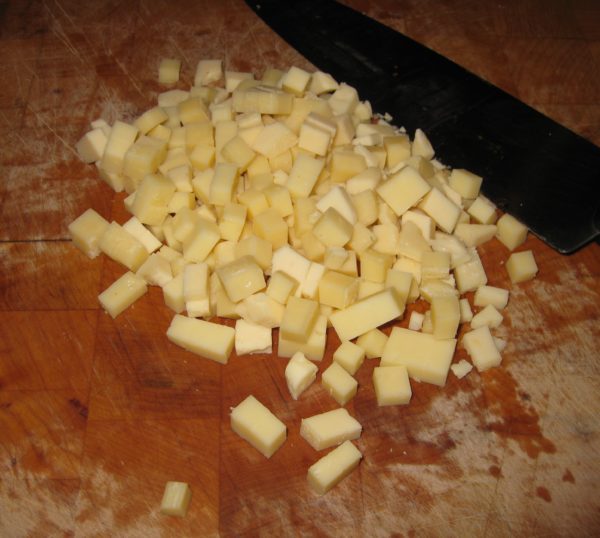
- Oil-cured olives
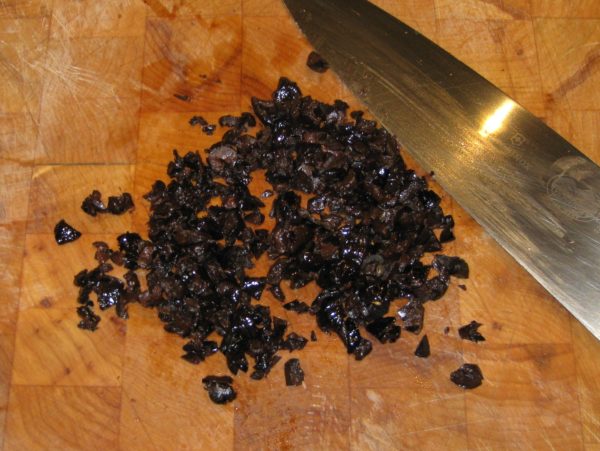
- When the pasta is cooked, drain and rinse in cool water to stop cooking.
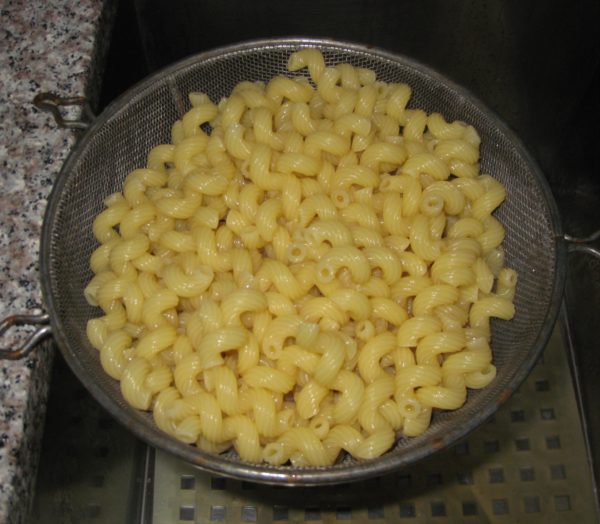
- Stir the pasta and diced onion into the dressing. Allow to cool to room temperature.
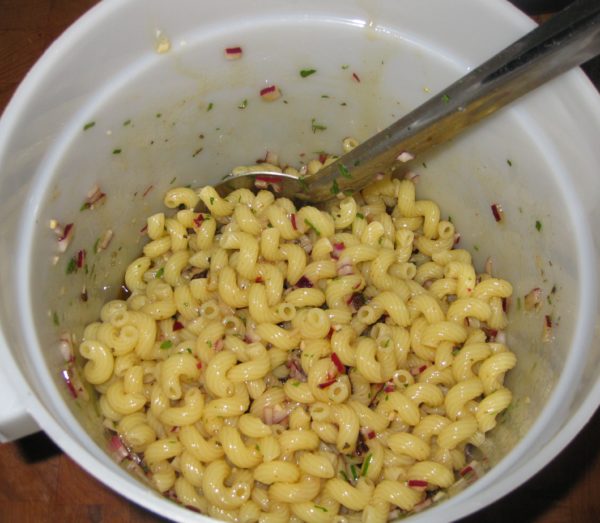
- When the pasta is cool, stir in all remaining ingredients.

- Refrigerate overnight before serving.
Copyright © 2018 by Villa Sentieri, LLC. All rights reserved.

